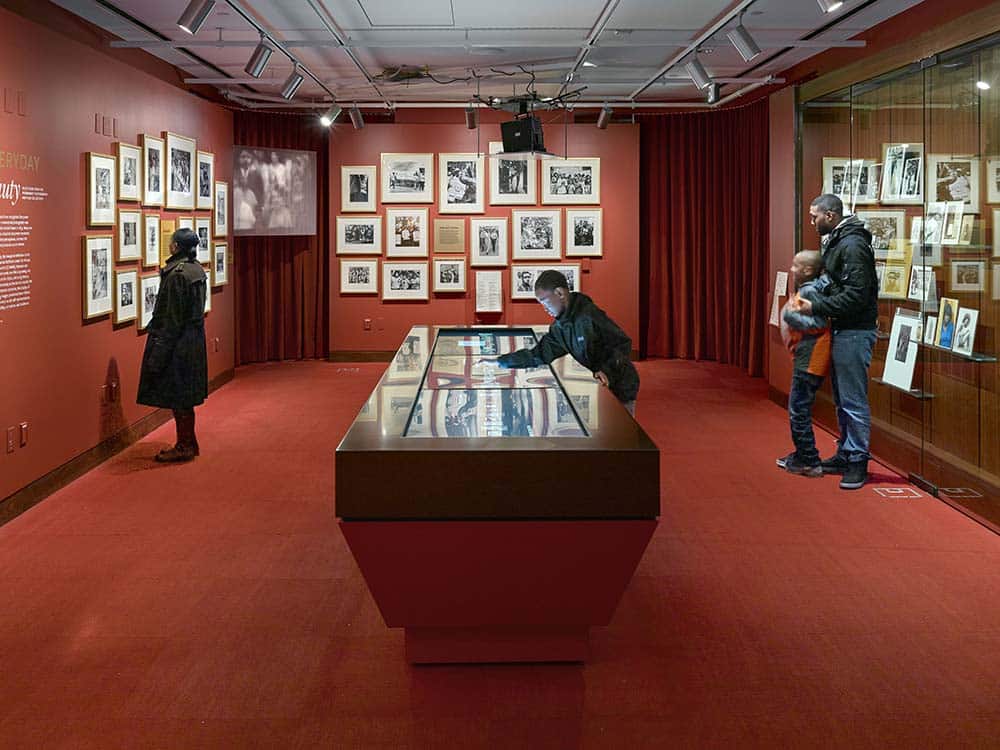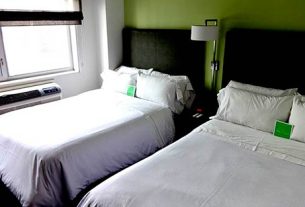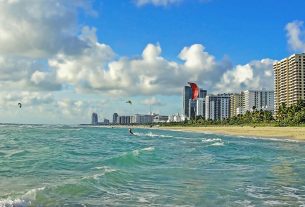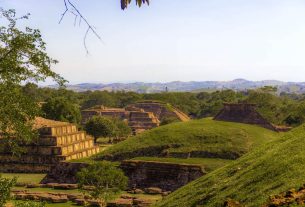When you buy a ticket at the last minute, everything goes to make the trip as cheap as possible: count on the help of miles, increase the number of stops, change departure and arrival dates. The last time I traveled to Berlin, in July last year, the solution found was to accept very long stops on some of the sections chosen to fly. Despite not being the stopover of dreams, this situation left my partner Juliana and I with a question to be resolved: what to do during the 12 hours that we would be in Washington DC?
We landed on July 5th, the day after the American independence celebration, and that meant the city was hungover. Stores closed, street barricades, residents and tourists sleeping late. So, we decided to visit what cannot be closed: squares and monuments open to the public. For two light-skinned black people like us, who are rebuilding our ties to blackness step by step, the memorial to Martin Luther King Jr. was the one chosen.
See too: What to do in Washington DC: two-day itinerary
The Uber driver found the choice strange, pointing out that the White House, the Washington Monument or the Abraham Lincoln and Thomas Jefferson memorials were more popular options. We started a conversation and, on the way to the sculpture, he showed us a fantastic building, with an exterior that looked like it was carved in bronze: the National Museum of African American History and Culture. We moved on and, after visiting and taking a little rain at Dr. King’s memorial, we decided to go back and see if it would be possible to visit the museum.
National Museum of African American History and Culture (Photo: Alan Karchmer/Disclosure)
Visiting is free and, although tickets to the museum have been sold out for months, we were lucky. To solve the problem, the Smithsonian, the body that manages the museum, had created two schedules, one in the morning and one in the afternoon, in which some tickets would be distributed on a first-come, first-served basis (there is a small daily distribution of passes for those who were unable to reserve in advance). We missed the morning window, but decided to arrive an hour before the scheduled afternoon distribution and secured a spot relatively close to the front of the line.
We couldn’t have made a better decision.
The museum is incredible and has more than 30,000 historical objects, ranging from slavery shackles and items from the Black Panther Party to the coffin of Emmett Till, a 14-year-old boy brutally murdered in Mississippi in 1955, whose death was one of the catalysts for the Civil Rights movement and the end of segregation. I stayed for 4 hours just in the basement, dedicated to ancient and more recent history (like the election of Barack Obama). Juliana ran to also be able to visit the upstairs, dedicated to culture, where stories, screens and interactive attractions about jazz, blues and other arts are a hit with younger visitors.
However, the most important part of the National Museum of African American History and Culture is not anything on display inside. And yes, his very existence.
In times of #weareallthesame, the existence of a place like this is a necessary milestone in itself.
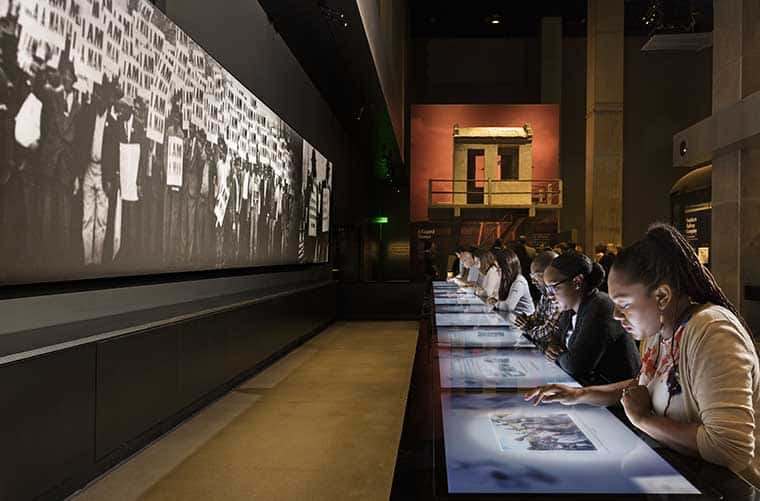
Photo: Douglas Remley/Disclosure
This hashtag and initiatives like the one it represents are at least naive and, even if passively, violent. We human beings are not one. We have not been treated equally for centuries. Reducing the size of this difference is necessarily making centuries-old pain and struggles invisible. The list is long, but suffice it to say that we, black people, are murdered more, we earn less, we have less access to education and we are more targeted by the police, as the data shows year after year, whether in the United States or Brazil.
But, in addition to the daily and repeated violence, we still suffer from the erasure of our past. Do you know where your European relatives came from? Pasta. We can’t even know whether we came from the West, East or South of Africa, much less which ethnic group our people belonged to. Am I Yoruba? Nago? Bantu? Abroad, the advances of Ancient Egypt were whitewashed and names like the philosopher Zera Yacob erased. In Brazil, what information we would have, Rui Barbosa burned along with the records of slavery. Most of us have no past beyond what we have been allowed to know—inheriting names from families who treated our ancestors like property.
For some time now, black people in the diaspora have faced the challenge of returning to a past whose links we do not know. And, in this context, the museum helps to put together a puzzle whose pieces have been denied to us.
Representation matters. It is no surprise that, opened in 2016, after decades of struggle to turn plans into reality, the National Museum of African American History and Culture is always crowded and has an average visiting time of six hours — compared to 1.5 or 2 hours of the Smithsonian’s other national museums.
It was a relief to walk through the corridors and see black men and women being the majority in a cultural space, unlike what we see in Brazilian museums and erudite spaces (despite us being 54% of the population). It was encouraging to see that even our history, that we are not North-American, is represented there in different ways. It was a relief to be able to share pain and celebrate joy without having to say a single word. We are not alone.
The feeling seems indescribable, but I can’t resist the temptation of trying to describe it in just one word: ubuntu. I am, because you are.
https://www.youtube.com/watch?v=4RUw2x-wS5Y
May more connections be established, may more stories be told and may more black destinies, full of meanings for blackness, continue to appear around the world.
National Museum of African American History and Culture: Visiting Information
Entrance: free, but tickets must be reserved or collected
St. and Constitution Ave., NW | Washington, DC
Open every day, between 10am and 5:30pm
Site: nmaahc.si.edu
*Featured image: Douglas Remley/Disclosure
Sign up for our newsletter

Sign up for our newsletter and stay up to date with exclusive news
that can transform your routine!
Warning: Undefined array key "title" in /home/storelat/public_html/wp-content/plugins/link-whisper-premium/templates/frontend/related-posts.php on line 12
Warning: Undefined array key "title_tag" in /home/storelat/public_html/wp-content/plugins/link-whisper-premium/templates/frontend/related-posts.php on line 13

